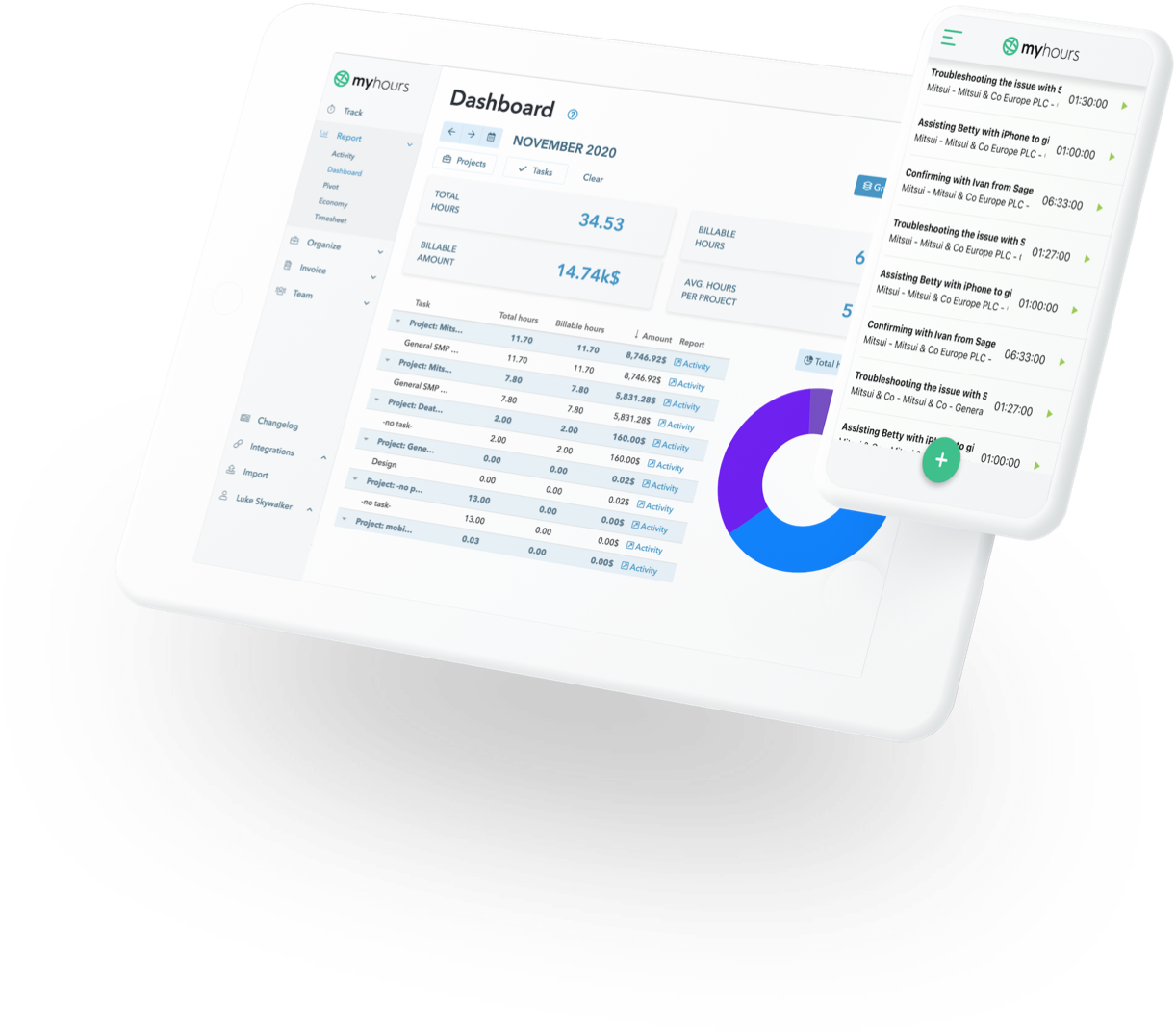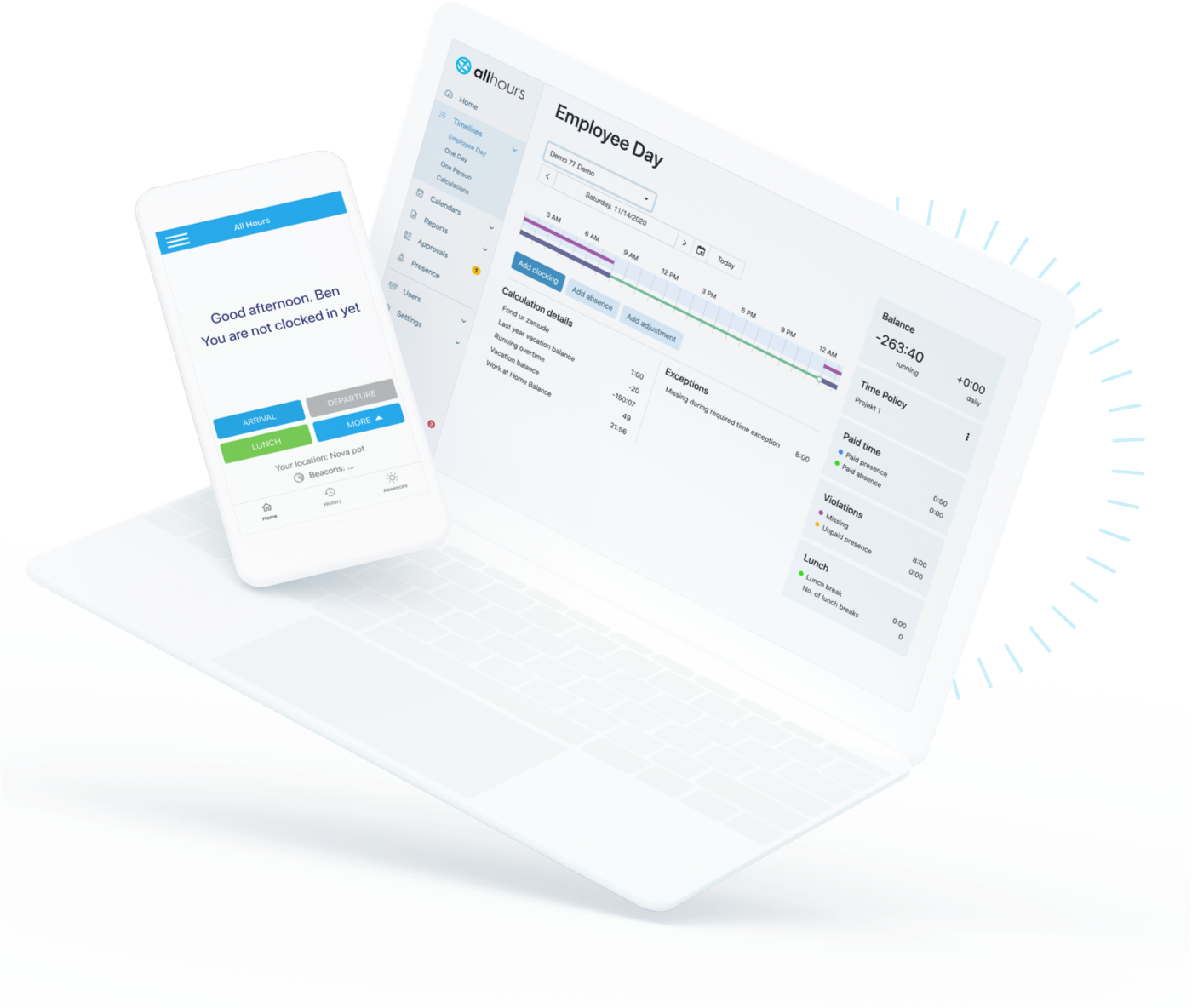The To-Do list: How to use to-do lists in the most productive way

A to-do list is nothing but a list of tasks you need to complete in a certain period of time.
It’s a very simple, efficient and extremely popular productivity tool, the only problem is that you can find a lot of conflicting advice online on whether to-do lists work or not, and whether you should keep them in your productivity tool belt at all.
In this blog post, we’ll explore whether to-do lists are an efficient productivity tool, which types of to-do lists to use, how to organize them, and how to make sure the to-do list really works in your favor.
- The main benefits of to-do lists
- Why don’t to-do lists work for some people?
- 1. Not taking the time to plan and regularly update your lists
- 2. Having too many items on the list
- 3. Starting with easy tasks
- 4. Micromanaging yourself
- 5. Make sure your to-do list is not boring
- The best way to keep a to-do list
- Different to-do lists you can use for maximum productivity
- 1. Vision list or your bucket list – the basis for long-term planning
- 2. Maybe someday list
- 3. The quarterly to-do list: a link between long-term and short-term planning
- 4. Weekly to-do list
- 5. Your ”Done” List
- 6. Morning planning meeting and daily to-to list
- 7. Not-to-do list
- Other lists you can keep to be better organized
- 1. Kaizen list
- 2. Reading list
The main benefits of to-do lists
Let’s start with the 10 main benefits of keeping neatly organized to-do lists:
- It’s the best way to manage and organize your life (if you do it the right way)
- You’ll easily break down your big goals into items, and items into tasks
- You’ll see both the forest and the trees (with the right system in place)
- You’ll set your priorities more easily
- You can measure progress more easily (what gets done)
- You’ll free your brain and get more mental bandwidth (memory improvement)
- You won’t forget things
- You’ll definitely manage your time better
- To-do lists will boost your motivation, especially when crossing out each completed task
- With a Kanban type of to-do list you can nicely visualize your workload
Lists, especially visualized ones, bring a lot of value to your personal organization system. Looking at all the benefits, it’s a no brainer.
It definitely makes sense to organize your business and personal life with to-do lists, but there are several traps you should avoid, as we will explore in the next section.
Why don’t to-do lists work for some people?
Some people claim that to-do lists just don’t work for them, and most often this is because they make some common mistakes when trying to implement them.
So, let’s look at the biggest errors one can make when using lists and how to avoid them.
1. Not taking the time to plan and regularly update your lists
To-do lists must be regularly groomed, otherwise they become obsolete. Make sure you timebox your planning time in your personal calendar.
Schedule your time for planning in advance, and regularly update your to-do lists - preferably on a daily basis. Remember that proper planning can save you many hours of execution, so always take time to do so.
2. Having too many items on the list
The more choices you have, the harder it is to decide where and how to start. That’s why it’s really important to limit how many tasks you put on your to-do lists. Don’t only have a never ending list of tasks.
It makes sense to put 3 – 5 bigger tasks on your to-do list per day and perhaps a few smaller ones also. That comes to approximately 15 – 25 tasks per week.
Divide tasks into "to-do", "selected", "in progress" and "done" column. Make sure there's a manageable number of tasks selected to be done and the ones in progress.
3. Starting with easy tasks
It makes sense to prioritize tasks on your to-do list from the most important to the least important one.
Then you should follow the eat that frog philosophy and start with the most difficult task on your list, otherwise, the most important tasks may never get done.
4. Micromanaging yourself
The idea of to-do lists isn’t to micromanage yourself. If you have to refill your stapler, don’t put it on your list.
Think less about smaller tasks and more about experiences, improvements, outputs, and stories that you can break down into tasks which can be performed in a 2-hour working flow.
5. Make sure your to-do list is not boring
If you see a long list of things you should do, and you don’t get excited by all the value you will create and provide (for yourself, your employer, or your customer) it’s hard to be motivated.
Thus you must make sure you do things that are aligned with your life vision and mission, things you are good at, and tasks that motivate you to grow and develop yourself.
The best way to keep a to-do list
There are several ways of keeping your lists in check. You can use a pen and paper. You can use desktop software or a digital notepad.
Many online applications are available, like Todoist, Microsoft To Do, Google Task, Remember The Milk or Monday and others. You have to test, try and experiment to find what works best for you.
When choosing the best to-do list software, one thing is really important to remember: make sure the solution enables you to visualize your to-do list on a Kanban board.
Trello is perhaps the most popular tool in this regard. A visual board is a much better option than just a long list, and it’s also much more fun to use.
When you’re in doubt about which tool to use for any list, follow the rule of visualizing as much as possible.
Different to-do lists you can use for maximum productivity
There are several different to-do lists (and a few sub-lists) you should keep in order to stay completely organized on a daily basis, while also keeping a macro perspective on what you want to achieve in your business or personal life, and where you want to go.
Here are some potential to-do lists you can use to organize yourself:
- Vision list – a list of all the things you want to experience in life, basically a kind of a bucket list
- Maybe someday list – Things that are not particularly important, that you may do one day
- The 100 day to-do list – your quarterly plan, with priorities selected for the coming three months
- Weekly list – a list of tasks you will complete in one week
- ”Done” List – A list of all the tasks that you have already completed
- Daily 3T List – The three most important tasks for a specific day
- Not-to-do list – A list that helps you stay focused and do tasks with the most impact.
Other lists – All other lists that help you organize yourself and keep as many things as possible on paper, in order to free up your brain power for more important things.
Some examples of those kind of lists are personal improvement lists, grocery shopping lists, anti-shopping lists, reading lists, and so on.
Now let’s look closer at the purpose of each of the above-mentioned lists.
1. Vision list or your bucket list – the basis for long-term planning
You should see the world as a playground with unlimited opportunities for growing, enjoying and creating, individually and in collaboration with other people. Also, you should put everything you intend to experience in life on your vision list (or board).
Your vision backlog should always empower you and give you motivation when you’re feeling down. Your life vision is like a compass that helps you follow your true North.
You should keep 50 – 70 items on your vision list and make sure you regularly groom (update) the list, at least twice per year.
2. Maybe someday list
If you’re a curious human being and want to experience many things in your life, your vision list can quickly become too long, and you can start feeling overwhelmed by the notion that there won’t be enough time for everything you want to do.
The “maybe someday” list should prevent your vision list from becoming overwhelming.
There are definitely some things that you aren’t 100% sure you want to do, or if you didn’t do them, you wouldn’t regret it on your deathbed. These things should go on your “maybe someday” list.
3. The quarterly to-do list: a link between long-term and short-term planning
In business and politics, there is the so-called period of the “first 100 days”, where the new leader (the US president, for example) has a chance to prove himself.
In these 100 days, a leader should set a new, better course for the organization, bring new positive momentum to the environment, identify and mitigate the biggest risks, build the dream team, and so on.
With that in mind, your mindset should be that you get a new 100 days after every 100 days that passes. Every 100 days, you have an opportunity to implement an upgraded and updated tactical plan.
Every 100 days is a time for new and improved tactics, prioritizing, reflection, taking the upcoming time period deadly seriously, and treating every 100 days as though they were your first.
With a quarterly to-do list, you should decide on the tactical level which areas of life you should focus on for the next 3 months by considering your life vision, your current situation, new opportunities and changes in the environment, your new desires and feelings, feedback from your teammates and other people, and so on.
4. Weekly to-do list
Based on your quarterly to-do list and other tasks that come your way, you should prepare a weekly to-do list. The general recommendations are to plan your weekly to-do list on a Sunday evening or Monday morning.
It’s important to plan the week in advance. As mentioned, the best practice is to use a Kanban board to visualize your weekly workflow.
It’s also important to limit Work in Progress (WIP). With the right amount of work in progress, you can be in the flow instead of facing anxiety, feeling overwhelmed, or boredom.
In practical terms, limiting work in progress means not putting too many post-it notes on your board.
5. Your ”Done” List
A ”done list” or anti-to-do list is a list of all the tasks you have completed in a certain period of time.
The purpose of this list is to remind you how much you have already done and to additionally motivate you when you feel you aren’t productive enough to cross out some more tasks.
When you feel down and not productive enough, simply look at the list of what you’ve already done. Looking at your done list can significantly help you with motivation if you’ve already completed a lot of tasks, but somehow forgotten them.
6. Morning planning meeting and daily to-to list
You should start every single working day with a morning planning meeting. This can be done as an individual or with your team.
The purpose of the morning planning meeting is to:
- Align your daily tasks with weekly and quarterly goals
- Maintain momentum and motivation
- Detect and consider roadblocks in the processes you follow, and keep a flexible mentality
- Focus yourself for the rest of your day
You can perform your morning planning meeting by answering three simple questions (these questions come from the Daily SCRUM):
- What did I do yesterday?
- What do I plan to do today?
- Is there anything preventing me from achieving my goals?
The morning meeting mustn’t be longer than 15 minutes and must be performed at the same hour every working day.
In your daily morning meeting, you should look at your Kanban board and all the tasks that need to be done, and then decide which tasks are the most important for that day.
Then you should focus your daily work on those tasks. It’s recommended to limit daily tasks to the most important three. And if you want to track how much time you spend on each task, you can use a tool like My Hours.
7. Not-to-do list
A not-to-do list is a list of tasks you simply don’t do, no matter what. You delete them, delegate them, outsource them, or simply say no when they try to find their way onto your to-do list.
A very well thought-out not-to-do list should help you to focus better, avoid distractions, and only perform tasks that have the biggest impact on your value production and happiness in life.
Your not-to-do list can contain things like administration and other low-level tasks, activities you really hate or aren’t good at, and so on. The not-to-do list should help you to delegate and outsource better, as well as to say no when necessary.
Other lists you can keep to be better organized
You should also keep other kinds of lists to unburden your brain. Feel free to get creative with what kind of lists to keep. Here are a few ideas to get you started:
- A weekly home cleaning and maintenance schedule
- Gift ideas
- Things not to forget
- Your business ideas list
- Ideas on what to do with, and for, your spouse
- Your shopping lists – grocery shopping, etc.
- Improvement list
- To-watch list
- To-read list
To finish, let’s say a few more words about the two most important lists mentioned above:
1. Kaizen list
The Kaizen philosophy (always improve yourself) and a growth mindset are important parts of becoming successful in your personal and professional life.
Consequently, an important list you should also have is a Kaizen list. It’s a list of prioritized potential improvements in your life, as identified by you and the people closest to you.
2. Reading list
Last but not least, your reading list. This should be one of your favorite lists. It’s simply a list of books you want to read in your life or in the coming weeks and months.
Make sure that you cross a book off the list every two weeks, or at least one per month.
Well, we’ve finally reached the end of our journey for today. We looked at several types of to-do lists that will help you stay organized to the maximum extent possible.
The recipe is simple: Keep a few different to-do lists that help you see the wood and the threes. When in doubt, visualize, simplify, and stay flexible. Enjoy, grow and create. And now the time has come for you to go and create (or tidy up) your to-do list.










